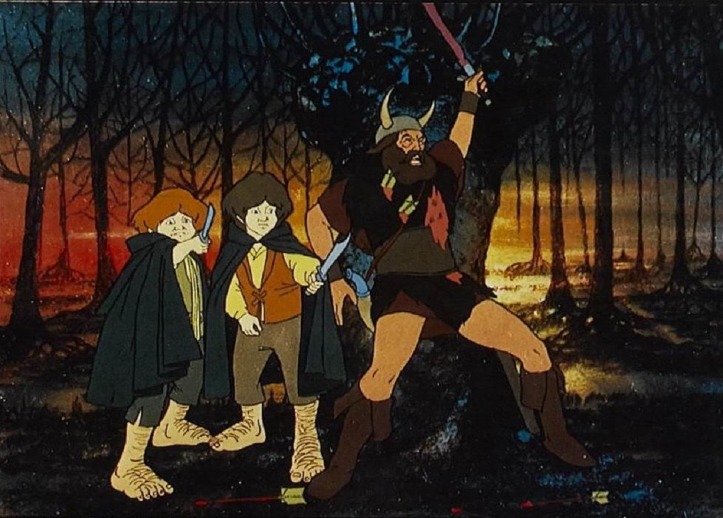Agree! that's what I've been doing: Trying to build critical mass for small communities : fediverse
Crul
From the source:
Just over a thousand years ago, the stellar explosion known as supernova SN 1006 was observed. It was brighter than Venus, and visible during the day for weeks. The brightest supernova ever recorded on Earth, this spectacular light show was documented in China, Japan, Europe, and the Arab world.
Ancient observers were treated to this celestial fireworks display without understanding its cause or implications. Astronomers now understand that SN 1006 was caused by a white dwarf star that captured mass from a companion star until the white dwarf became unstable and exploded. Recent observations of the remnant of SN 1006 reveal the liberation of elements such as iron that were previously locked up inside the star. Because no material falls back into a neutron star or black hole after this type of supernova explosion, the liberation of this star's contents is complete. It represents, therefore, a cosmic version of Independence Day for this star.
This is a composite image of the SN 1006 supernova remnant, which is located about 7000 light years from Earth. Shown here are X-ray data from NASA's Chandra X-ray Observatory (blue), optical data from the University of Michigan's 0.9 meter Curtis Schmidt telescope at the NSF's Cerro Tololo Inter-American Observatory (CTIO; yellow) and the Digitized Sky Survey (orange and light blue), plus radio data from the NRAO's Very Large Array and Green Bank Telescope (VLA/GBT; red).
This combined study of the Chandra, CTIO and VLA/GBT observations shows new evidence for the acceleration of charged particles to high energies in supernova shockwaves. An accompanying Hubble Space Telescope image of SN 1006 shows a close-up of the region on the upper right of the supernova remnant. The twisting ribbon of light seen by Hubble reveals where the expanding blast wave is sweeping into very tenuous surrounding gas.
Fast Facts for SN 1006:
Credit: Credit:X-ray: NASA/CXC/Rutgers/G.Cassam-Chenai, J.Hughes et al.; Radio: NRAO/AUI/NSF/GBT/VLA/Dyer, Maddalena & Cornwell; Optical: Middlebury College/F.Winkler, NOAO/AURA/NSF/CTIO Schmidt & DSS
Release Date: July 01, 2008
Scale: Image is 55 arcmin across.
Category: Supernovas & Supernova Remnants
Coordinates (J2000): RA 15h 04m 10.01s | Dec -41° 53´ 44.88"
Constellation: Lupus
Observation Date: 04/08/2003 - 04/11/2003
Observation Time: 61 hours from 11 pointings
Obs. ID: 3838, 4385-4394
Instrument: ACIS
Also Known As : SNR 327.6+14.6
References : G. Cassam-Chenaï et al. (2008), ApJ, 680, 1180
Color Code: X-ray (blue); Radio (red); Optical (yellow & orange)
Distance Estimate: About 7,000 light years
I can only assume it was an engineering challenge of some sort?
I would say so, James Bruton has some videos of the type "let's see what happens if I try this very impractical idea".
There’s be zero use for it as it’s presented,
Agree. For me, the fun part is that it's not a 100% fail :D.
Sorry for the confussion, I did not create any of those communities. I'm just trying to help them grow. I will edit the post to make it clearer.
I'm new here, and with 2 negative votes, I must ask: is there something wrong with the post? Let me know if it doesn't fit and I will delete it. Thanks.
Indeed, and the quokkas are pretty cute too :).
Yeah, I was surprised to see no posts here yet.
Just in case there is any doubt, I added [Not OC] in the title.
Nice soundtrack!
For those who don't know (I didn't):
Beck - Devils Haircut (Official Music Video) - YouTube
EDIT: Ok, now I get it, the title of the post is also part of the lyrics of that song :).
Sources:
- Tumblr: Sarah's Scribbles - link for those on old.lemmy.world: https://sarahcandersen.com/post/724823780897243136 *
- WebToons: August
- Tapas Comics August
* I think the bug is fixed for future versions.





FYI: Image previews for URLs with query params (the symbol '?' and what comes after) do not work on some frontends (like mlmym / old.lemmy.world).